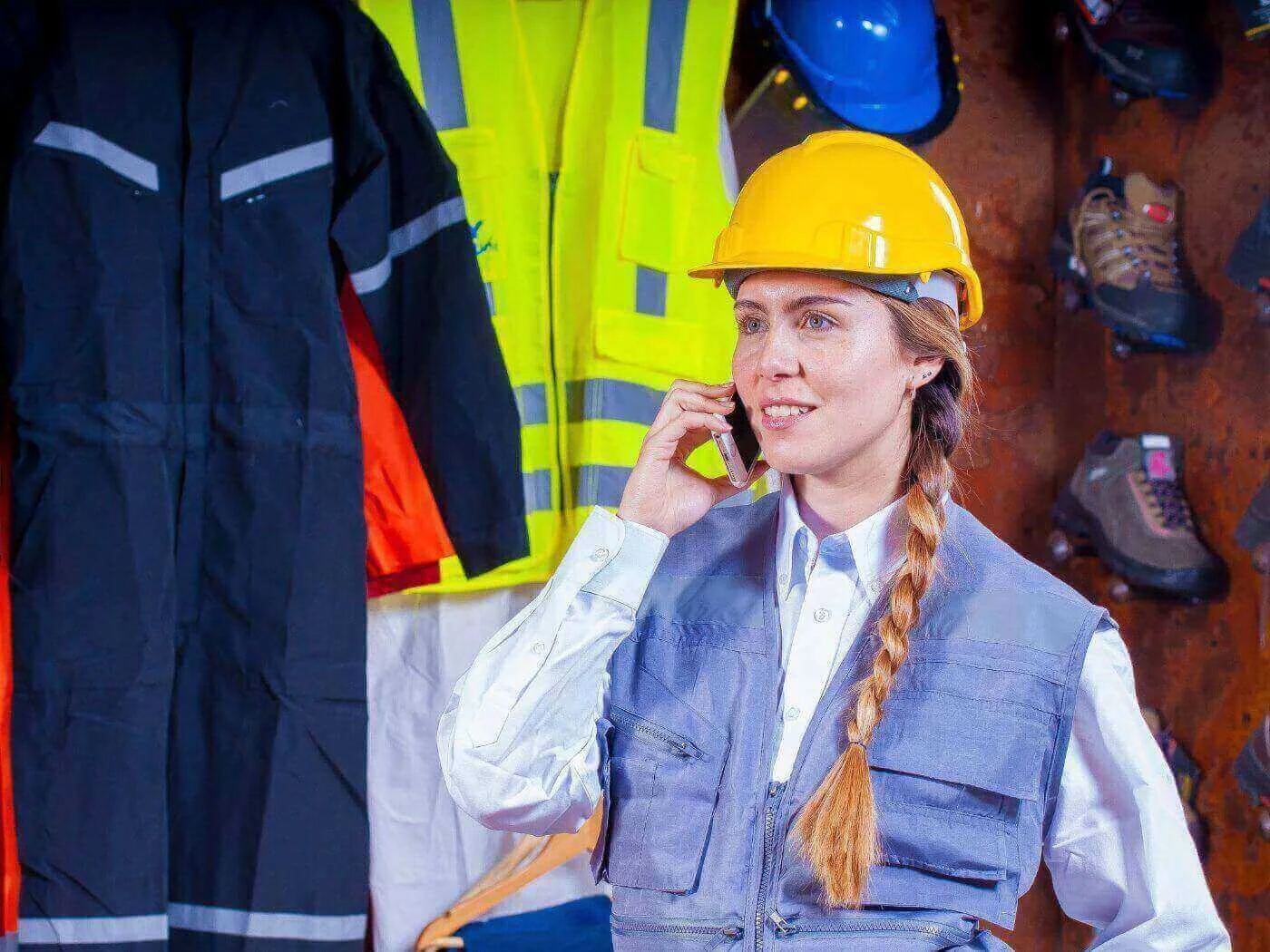Hard hats are an essential piece of personal protective equipment (PPE) that play a crucial role in safeguarding workers in various industries from potential head injuries. Designed to provide protection against falling objects, impacts, and electrical hazards, hard hats are a staple on construction sites, manufacturing floors, and other hazardous work environments. In this article, we delve into the world of hard hats, exploring their different types and providing guidance on how to choose the most suitable one for your needs.
What Exactly is a Hard Hat?
A hard hat, often referred to as a safety helmet, is a specialized headgear designed to offer protection to the wearer’s head from potential hazards present in the workplace. It acts as a buffer against objects falling from above, accidental bumps, and even electrical shocks. Hard hats are composed of a shell that is usually made from high-impact-resistant materials, combined with an inner suspension system that helps absorb the force of impacts.
Exploring the Types of Hard Hats
Hard hats are categorized into two primary types, each designed to provide varying degrees of protection based on the potential hazards of the work environment:
Type I Hard Hats: These hard hats focus on offering protection to the top of the head. They are ideal for situations where the main concern is overhead hazards, such as falling objects. If your work involves construction or tasks where objects might drop from elevated positions, a Type I hard hat could be the right choice.
Type II Hard Hats: Providing protection not only to the top of the head but also to the sides, Type II hard hats are well-suited for environments where side impacts are a concern. Construction sites with proximity to moving machinery or confined spaces where lateral impacts can occur are scenarios where Type II hard hats shine.
Selecting the Right Hard Hat
Choosing a suitable hard hat involves several factors that revolve around the nature of your work environment and your specific job responsibilities. Here are the key considerations to keep in mind:
Assess Hazards: Identify the potential hazards you might encounter at your workplace. Assess the risks of falling objects, impacts, and electrical hazards to determine the level of protection required.
Type Selection: Based on the hazards, decide whether you need a Type I or Type II hard hat. If there’s a possibility of side impacts, prioritize a Type II hard hat.
Safety Standards: Ensure that the hard hat adheres to safety standards that are relevant to your industry and location. Certifications such as ANSI Z89.1 in the United States are a benchmark for quality.
Material Matters: Hard hats come in various materials, including polyethylene, fiberglass, and aluminum. Choose a material that aligns with your work environment’s demands, considering factors like durability and electrical insulation.
Suspension System: The suspension system inside the hard hat provides both comfort and impact absorption. Opt for a hard hat with an adjustable suspension system to ensure a snug fit.
Ventilation and Comfort: If your work environment tends to get hot, consider a hard hat with ventilation features to ensure comfort during extended periods.
Accessory Compatibility: Some hard hats come with accessory slots for attaching items like face shields, headlamps, or hearing protection. Evaluate whether these slots align with your additional safety needs.
Size and Fit: A properly fitting hard hat is essential. Measure your head circumference to choose the correct size, and adjust the suspension system to achieve a secure and comfortable fit.
Visual Appeal: While safety is paramount, personalizing your hard hat with colors or designs can foster team identity and identification.
In Conclusion
Hard hats stand as a symbol of safety, providing a protective barrier between workers and the potential hazards present in their work environments. The right hard hat can make a significant difference in preventing head injuries and ensuring a safe working environment. By understanding the types of hard hats available and carefully considering the specifics of your workplace, you can confidently select the hard hat that will best shield you from harm and allow you to focus on your tasks with peace of mind.


